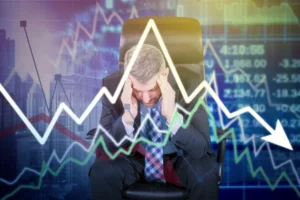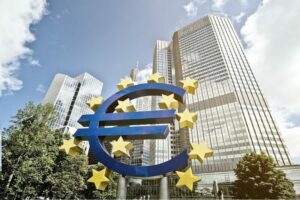Lending volume has increased since the summer of 2023, despite a maintaining high interest rate of approximately 8% on housing loans. Despite mortgage interest rates being nearly double compared to 2-3 years ago, potential clients no longer waited for interest rates to drop, as there was a risk of increasing prices for new or even older housings.
Considering this, the interbank market reveals some competition, with banks offering the possibility to refinance a loan at any time at lower interest rates, but the price of housings cannot be reduced after the purchase. Real estate loans rose to RON 106.2 billion in April, reaching the same peak as in December of 2022, after having recorded a decrease to RON 104.6 billion in July, 2023.
Moreover, should inflation continue to fall, NBR will cut the key interest rate in July, triggering the monetary easing cycle.
Since the real estate market was partially stalled by rising building materials prices and strong interest rate hikes, real estate developers are more willing to be rid of unsold housing stock in order to resume activity.
Home purchase also increases consumer loans demand
March and April brought an increase in household loans demand, especially in the segment of consumer loans, which rose to a historic high of RON 67.5 billion. The reduction of the interest rate on new consumer loans, from 13.03% in January, to 10.69% in April, contributed to this, according to data issued by the NBR.
Only loans in RON recorded an increase, loans in EUR being less accessed. This is also owed to the RON/EUR exchange rate remaining relatively stable in April and May, since investors reconsidered the probable trajectories of major central banks’ interest rates, as well as to the relatively still high attractiveness of national currency investments and improved estimates concerning the evolution of RON/EUR exchange rate.
The average interest rate on new loans granted to non-banking customers fell sharply in April (-0.30 percentage points, to 8.28 %), following another drop of 0.50 percentage points in March, which outperformed the increase recorded in the first two months of the year.
The evolution of interest rates mainly showed the strong decrease recorded by average costs of interest in the population segment (-0.24 percentage points compared with April, of 8.28%), given the ample decrease of interest rates on new consumer loans (-1.49 percentage points) and the volume increase of these loans to an all-time high.
Meantime, the average interest rate on new loans of non-financial companies decreased by 0.08 percentage points (to 8.30%).
Consumer confidence dropped in May
May brought on an unexpected moderation in consumption, the consumer confidence indicator falling to the level of March, after having recorded a rise of two percentage points in April, to -13.6. However, consumer confidence was higher in May compared to the whole of 2023, which means that in 2024 it will make a positive contribution to GDP growth.
The Economic Sentiment Indicator (ESI) is a composite indicator calculated by the Directorate-General for Economic and Financial Affairs (DG ECFIN) of the European Commission. Its objective is tracking GDP growth across member states, the EU and the Euro zone. ESI decreased in May to 102.6 compared with the value of 104.8 recorded in the previous month.
This month, confidence dropped across the board, the sharpest decline recorded in retail trade. The Employment Expectations Indicator (EEI) also dropped to 108.7 in May compared with 109.6 in the previous month. The pan-European ESI rose slightly in May, to 96.5, at EU level, compared with 96.2, recorded in April.
ESI seems to have correctly captured the positive growth of Romanian economy in Q1/2024, as GDP signal data showed a 0.5% increase against the last quarter of 2023, in terms of seasonally adjusted series.
***















